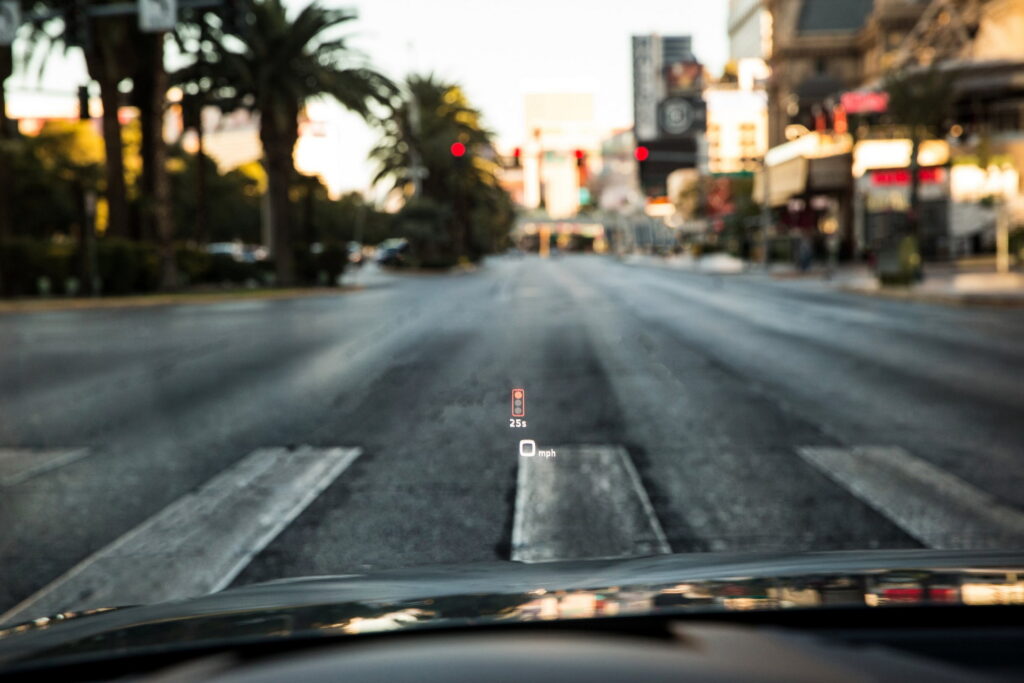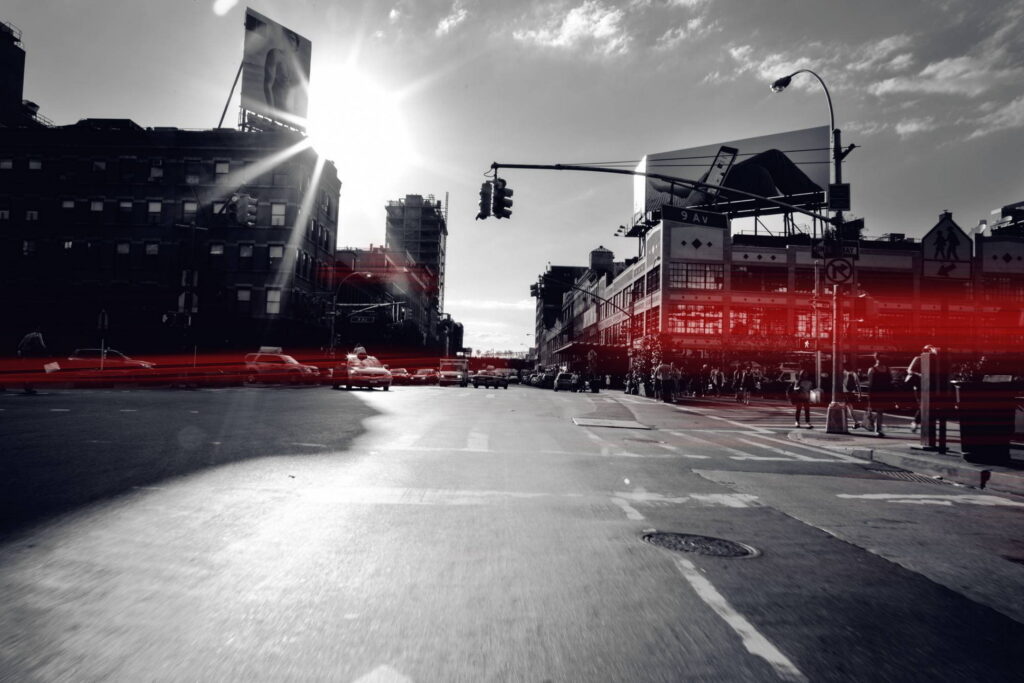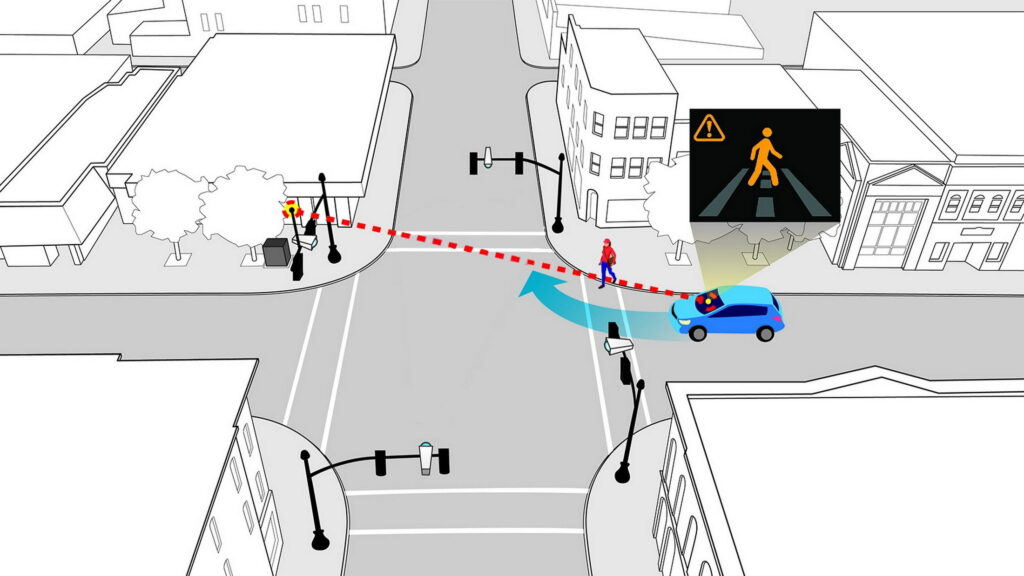American drivers’ ability to turn right on a red light may soon disappear, as safety advocates work to reduce the number of pedestrian and cyclist fatalities on the nation’s roads. The measure is being considered by authorities in Washington, D.C., San Francisco, Los Angeles, Seattle, and Denver, among others.
The changes are a reaction to recent spikes in roadway fatalities. Through the pandemic, deaths rose sharply for all road users. However, as deaths for vehicle occupants have started to level off and shrink, deaths among pedestrians and cyclists have continued to rise.
Unfortunately, there’s very little good data about whether or not ending the practice of turning right on a red would help, reports the Associated Press. Most national research doesn’t look at that particular data point, leading to disagreement between advocates and critics.
Read: Pedestrian Fatalities Hit 40-Year High, Even As Motorists Become Safer

The National Motorists Association claims that its upcoming study of California crash data from between 2011 and 2019 finds that turning right on a red accounted for less than one death every two years.
However, safety advocates claim that official crash reports are frequently mislabeled, which leads to inaccurate data. A NHTSA study from 1994 that looked at four years of statistics from Indiana, Maryland and Missouri, and three years from Illinois, found a cumulative 558 accidents stemming from vehicles turning right on a red.
Those in favor of a ban say that the overall greater number of pedestrian fatalities today, and the larger size of vehicles on America’s roads, suggests that the death rates involving vehicles that turned right on a red light must be higher today. Indeed, research from the Insurance Institute for Highway Safety shows that large SUVs and trucks are more likely to hit pedestrians, and injure them more severely when they do — though the agency didn’t look specifically at rights on a red.
The politicians proposing the bans on red light right turns admit that they are unpopular among motorists. However, they say that sometimes you just have to accept frustration in return for safety. They say that even one death is too many.
The proposed solution may not be without its consequences, though. While protecting pedestrians is a noble aim, some argue that disadvantaged populations that cannot afford to live close to public transit routes will be disproportionately targeted by new red light penalties if they are introduced. There is clear evidence to suggest that America’s driving laws are used to police motorists of color unfairly, which can have serious safety implications for drivers.
As one of the few major countries that allows drivers to turn right on a red, the U.S. is the odd one out. Unfortunately, the data surrounding the practice remains frustratingly unclear, leaving many questions about what the best policy will be.





